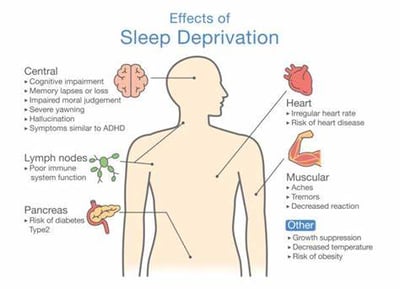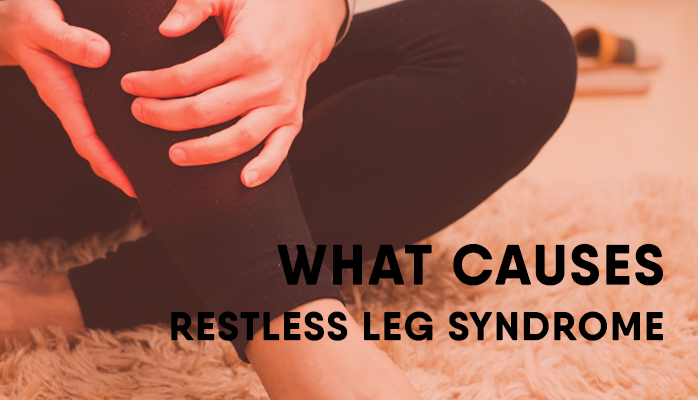Restless leg syndrome (RLS) is a nervous system disorder that causes uncomfortable feelings in the legs and other extremities throughout the night. These feelings can be described as tingling or itching sensations that can only be relieved by moving the legs. This often keeps the individual awake throughout the night.
Therefore, the primary consequence of RLS is sleep deprivation. Furthermore, the worse the sleep deprivation, the worse the symptoms, which continues to worsen the sleep deprivation, thus perpetuating a vicious cycle.
RLS can be difficult to diagnose and may continue for months, undetected or misdiagnosed. The longer one goes without receiving the proper help, the longer they may suffer from not receiving proper help. Continue reading to learn more about what causes RLS and how you can receive the help you need.
Symptoms of Restless Leg Syndrome
The most common symptom of RLS is discomfort in the legs, primarily, and other extremities. This discomfort may come and go or can be chronic.
 When the discomfort is enough to prevent one from sleeping, it is considered a sleeping disorder. Common descriptions for these symptoms are:
When the discomfort is enough to prevent one from sleeping, it is considered a sleeping disorder. Common descriptions for these symptoms are:
- Aching, throbbing, or burning
- Cramping (especially in calves)
- Jerking
- Buzzing or vibrating feelings
- Itchy feeling
- Feeling of pins and needles
- Creepy crawly feeling
- Irresistible urge to move your leg to relieve the discomfort
Mild RLS symptoms can be more challenging to identify, but moderate to severe symptoms are much easier to notice, report, and be diagnosed. So those with moderate to severe symptoms may have an earlier diagnosis than those with moderate.
Causes of Restless Leg Syndrome
RLS may affect up to 10% of the U.S. population [WebMD]. The causes of restless leg syndrome are unknown, though science has uncovered some pertinent information and risk factors for developing RLS.
Some factors that influence the severity or onset of RLS are:
- Genes are thought to play a role (nearly half of people with RLS have a family member who also has it).
- Certain diseases include symptoms of RLS, such as anemia, Parkinson’s, and diabetes
- Some medications, such as anti-nausea or antipsychotic drugs, may worsen RLS symptoms
- Pregnancy, especially in last trimester
- Sleep deprivation
- Female sex
- Older age
In some cases, like RLS onset during pregnancy or after sleep deprivation, RLS may go away naturally. In other cases, RLS may be a chronic problem without treatment.
Treatments for Restless Leg Syndrome
There is no treatment that specifically addresses RLS. However, you can manage the symptoms with lifestyle changes, such as:
- Beginning regular exercise
- Developing good sleeping patterns/habits
- Reducing the use of stimulants
- Reducing the consumption of alcohol and tobacco
Symptoms can also be managed through non-lifestyle changes:
- Leg massages
- Hot baths and/or ice packs
- A vibrating pad
In some cases drugs may be used, but the effects may relieve or worsen your RLS and the effectiveness may decrease over time.
If you live in Alaska and are concerned that you may be struggling with RLS, please click the blue button below to get in contact with one of our sleep health professionals.


